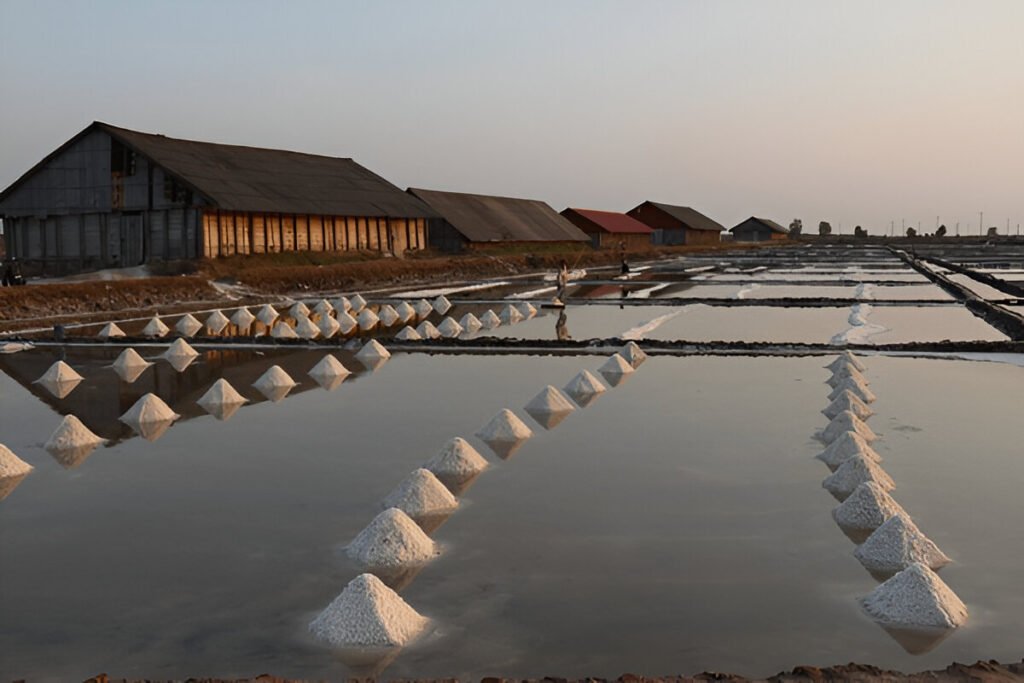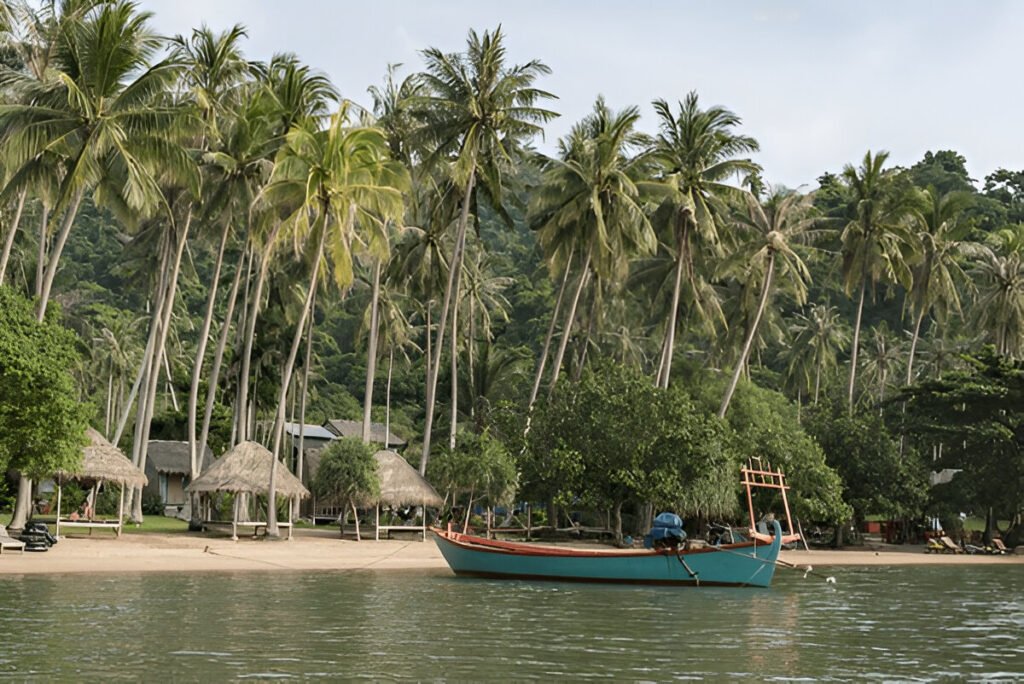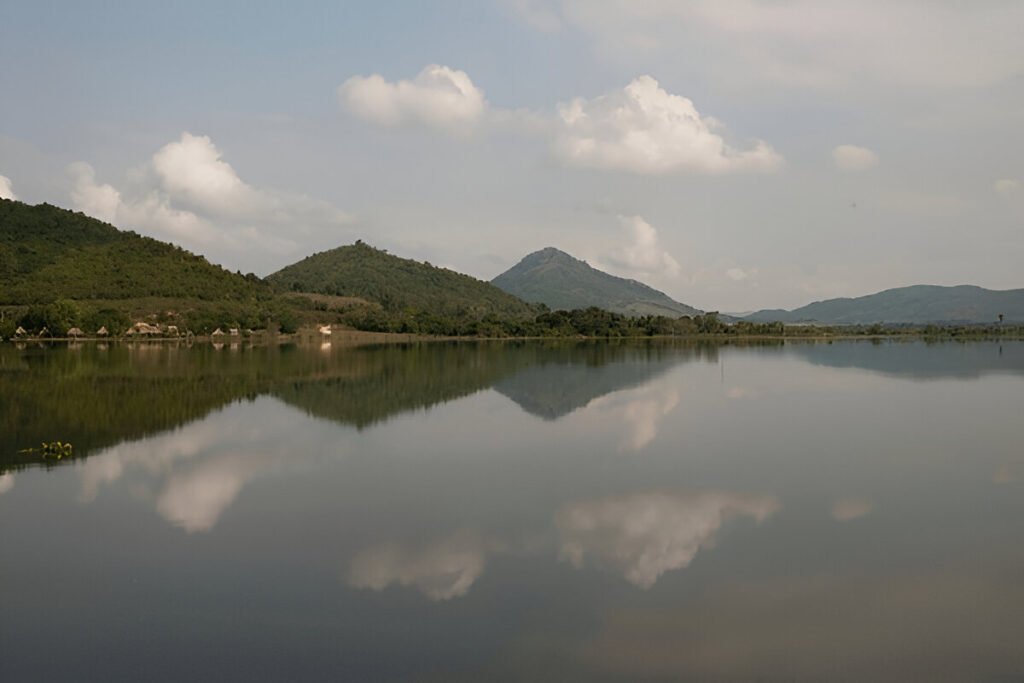Introduction:
Situated in the northern region of cosmopolitan Shanghai is the historically rich Hongkou District, a neighborhood that wears its diverse past on its sleeve for all to see. The district is a significant testament to the city’s diverse history, specifically for its role as a haven for Jewish refugees during World War II. This often overlooked chapter of the city’s past provides a poignant insight into the resilience of the human spirit and offers a unique perspective on global history.
Unveiling Shanghai’s Hidden Jewish History in Hongkou District
Hongkou District is steeped in Jewish history. It served as a sanctuary for approximately 20,000 Jewish refugees fleeing from Nazi persecution in Europe during the late 1930s and early 1940s. This area, known then as the Shanghai Ghetto, was a place of refuge and survival in a world that seemed to have turned its back on these desperate individuals. Today, this slice of history is brilliantly preserved in the Shanghai Jewish Refugees Museum located in the heart of Hongkou.
The museum is housed in the former Ohel Moshe Synagogue, which was a pivotal center of religious life for the Jewish community during those challenging times. Today, it stands as a symbol of Shanghai’s role as a sanctuary city. In addition to the synagogue, the museum displays a collection of photographs, artifacts, and testimonies that recount the experiences of the Jewish refugees. These poignant displays offer visitors a vivid glimpse into their struggles and achievements in a time of extraordinary hardship.
The Hongkou District: A Testament to Shanghai’s Refugee Legacy
The streets of Hongkou whisper stories of resilience and hope. The district’s architecture — an eclectic mix of European-style buildings and narrow lanes or "longtangs" — is a quiet testament to the spirit of endurance of its past inhabitants. Here, Chinese locals and Jewish refugees coexisted, creating a unique cultural blend that left a lasting impact on the community.
Wandering around the district, one can still see the legacy of this cultural fusion. The famous Huoshan Park, where Jewish refugees used to gather, and the White Horse Café, known as the ‘Jewish Club’, are both places that bear witness to this extraordinary commingling of cultures. It is in these sites that the history of Shanghai as a city of refuge truly comes alive, making a visit to the Hongkou district an absolute necessity for history buffs and casual visitors alike.
Things to Do:
Apart from visiting the Shanghai Jewish Refugees Museum, visitors can take a guided tour around the district to explore its historical landmarks. Walking down the lanes of Hongkou, you can also visit the famed Duolun Road, a pedestrian street famous for its historic buildings and shops selling antiques and curios. Don’t miss the opportunity to sample traditional Shanghainese cuisine at local restaurants that dot the district.
Local Tips:
The best time to visit is during the cooler months of spring and autumn. Dress comfortably for the weather and wear sturdy walking shoes as you’ll be exploring mostly on foot. English is not widely spoken in this part of Shanghai, so having a translation app handy could be useful.
How to Get There:
The Hongkou District is easily accessible by metro. Take Line 4 to Dalian Road Station or Line 3 to Hongkou Football Stadium Station. Taxis and Didi (China’s Uber) are also convenient options. From the city center, it’s approximately a 30-minute drive.
Nearby Attractions:
The district is located near the Bund, Shanghai’s famous waterfront promenade, and the bustling Nanjing Road shopping street. You can also visit the Lu Xun Park and the Shanghai Luxun Museum, both dedicated to the famous Chinese writer Lu Xun, who lived in the district.
Conclusion:
The Hongkou District, with its rich tapestry of history, is an attraction that invites you to delve deeper into Shanghai’s diverse past. Whether you’re a history enthusiast or simply a curious traveler, the stories of resilience, endurance, and unity that permeate its streets are sure to inspire and move you. It’s a journey well worth taking, one that offers an unforgettable perspective on the indomitable spirit of humanity in the face of adversity.






